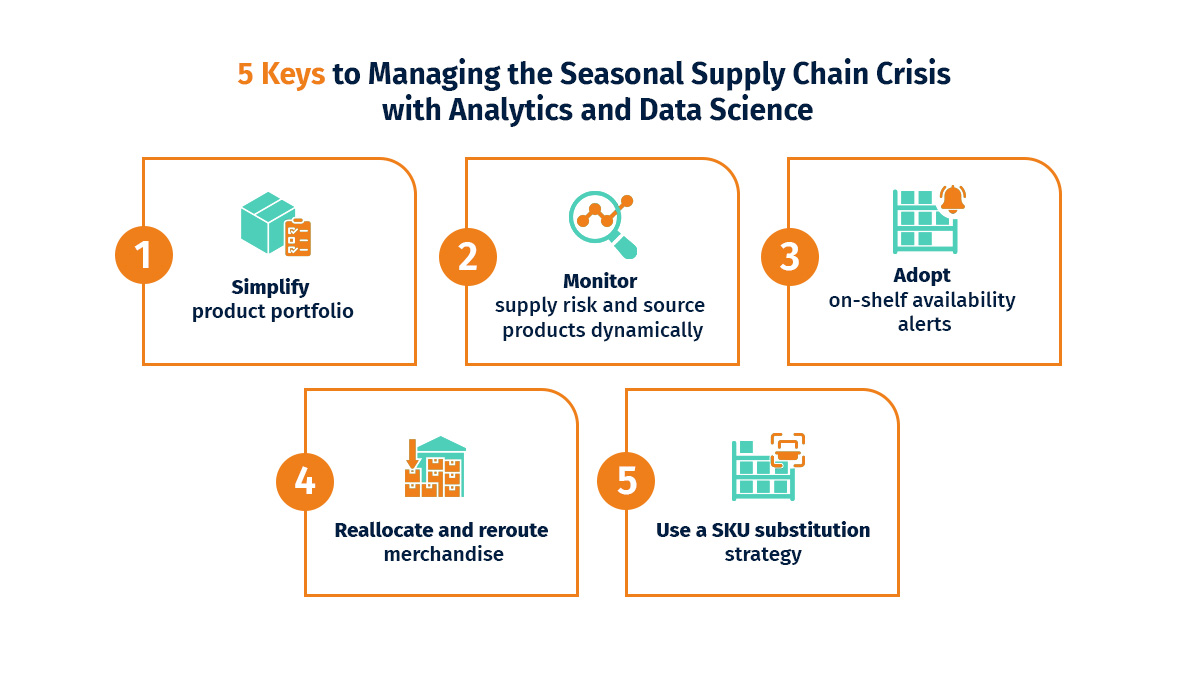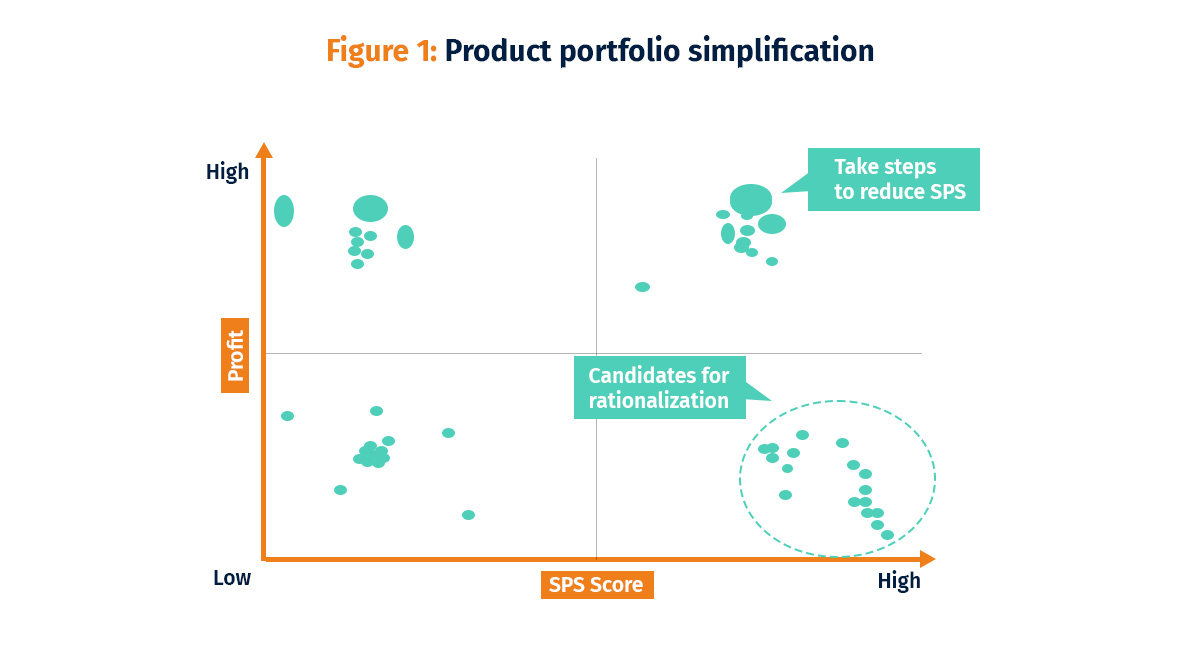
Shoppers will likely be greeted by empty shelves or website stock-outs during the 2021 holiday season. It’s a perfect supply chain storm of increased demand and severely constrained supply and labor. Pent-up demand from the pandemic is leading to increase in both online and in-store orders while Covid-19-related restrictions, combined with container shortage, labor shortage, port congestions, truck driver shortage and railroad bottlenecks, have constricted supply like never before. Retailers’ inventories are near a 30-year low and toymakers are urging consumers to shop months early for holiday gifts. Shipping costs have increased by over 300% compared to Jan 2020. An unprecedented number of ships are waiting to dock at Southern California ports. By the end of Sept, 73 container ships were anchored off California waiting for a berth. U.S. President Joseph Biden announced on Oct. 9 that the Los Angeles port will operate 24×7 to clear the backlog, but that is not going to be enough. There is no end in sight for any of these problems.
What can a retailer do to prepare for the unavoidable supply chain issues, especially as the busy season approaches? Interestingly, retailers that turn to data science and retail analytics will have a real advantage this season and beyond.

1.Simplify product portfolio
Retail supply chain analytics can help retailers to decrease complexity within the supply chain by reducing product variations or by discontinuing less profitable or high complexity SKUs. This involves 3 simple steps:
- SKU Classification: Classify SKUs by Stockout Possibility Score (SPS). SPS is calculated at a SKU/store (or warehouse) level and depends on:
- Whether the item is locally sourced or not
- Predicted suppliers’ performance (based on past performance with respect to demand)
- Suppliers’ risk score (financial, geopolitical, operational, number of suppliers)
- Current inventory levels compared to forecasted demand (days of supply)
- SKU Segmentation: Segment SKUs based on profit versus the Stockout Possibility Score. Calculate profit considering increased transportation and labor costs.
- SKU Rationalization: Discontinue SKUs in the high SPS and low-profit segments. Keep an eye on the SKUs with high profit and high SPS scores, then take immediate steps to reduce the SPS score of these SKUs
In this case, reducing complexity can increase certainty—and sales.

2. Monitor supply risk and source products dynamically
Monitor supply risk continuously using the SPS score updated daily/weekly. Build a dynamic sourcing plan in which, instead of fixing the proportion of shipments from each supplier, dynamically decide the percentage of demand to be sourced from each supplier in each planning cycle depending on demand signals and the supplier’s performance scorecard. Utilize retail demand forecasting for improving the accuracy of the short-term forecasts. This configuration allows to minimize the cost and reduce the risk in the timely receipt of products.
3. Adopt on-shelf availability alerts
When inventory is scarce, it’s critical to keep track of it and make sure any misplaced item is put back in its right place as soon as possible. Phantom inventory, pilferage and damaged items add to the confusion and should be minimized. Savvy retailers can turn to retail supply chain analytics solutions and machine learning algorithms to raise alerts for misplaced, damaged and/or phantom inventory within the store. To that end, it is important to have taskforces ready to react in real time to these alerts. These alerts can be integrated into the ordering system to place automatic orders with suppliers.
4. Reallocate and reroute merchandise
Retail supply chain analytics powered by machine learning algorithms can help companies allocate inventory to stores and warehouses in near real time. For example, your business can set up a makeshift warehouse near the port; when a container is delayed, your team can decide in real time to ship the container to this makeshift warehouse, unload it and ship parcels out to e-commerce customers instead of waiting for the container to arrive at the designated e-commerce facility.
For small retailers that can’t do this by themselves, collaborate with your 3PL managing the warehouse or collaborate with other non-competitive retailers to make this happen by leveraging retail analytics solutions. Another example is to transfer material between warehouses or stores depending on sales velocity. These processes must be set up in advance, with team members both assigned and trained to react when the situation arises.
5. Use a SKU substitution strategy
After every attempt at preventing a stockout fails, retailers should have a SKU substitution strategy in place, where an available SKU is offered as a suggestion to the online customer or is replaced on the empty shelf. Again, retail customer analytics solutions enabled with machine learning algorithms can successfully suggest substitutions in real time, depending on inventory availability, SPS score and forecasted demand.
Accelerator-based Machine Learning Solutions can help retailers take these steps and more ahead of this year’s holiday rush, saving time, money, and energy. Studies have shown a 1% increase in sales for every 2% increase in item availability. Machine learning algorithms empower retail analytics that can work together with employees to help companies across the globe navigate ongoing supply chain challenges while delighting their customers, treating their employees well and delivering on their promises. Talk to our supply chain data analytics experts to build intelligent, resilient, and agile operations.
Topic Tags






